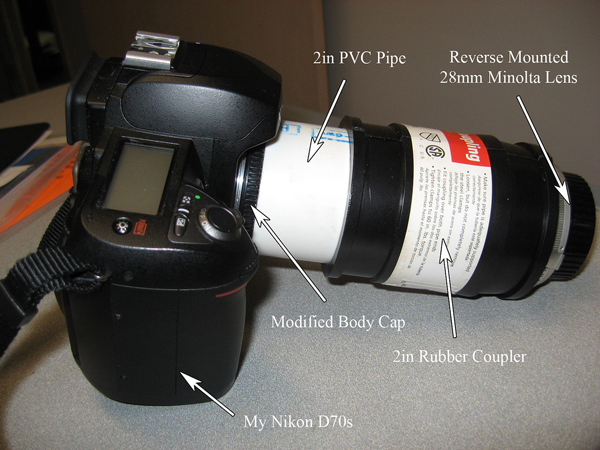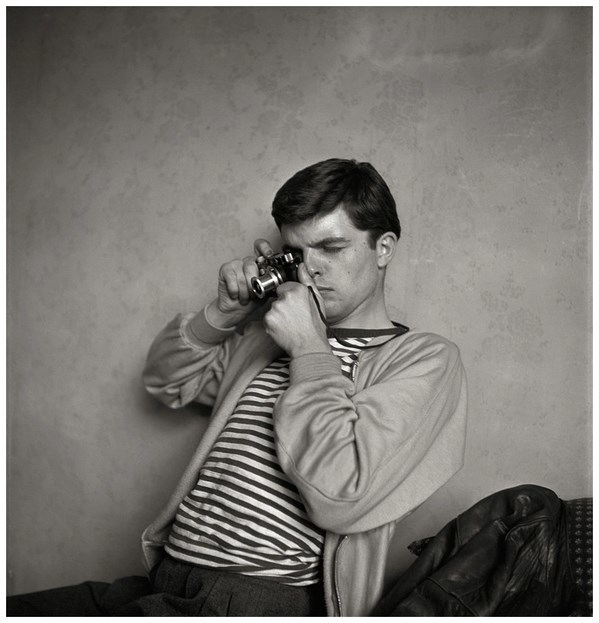tanya
Photography as a form of art
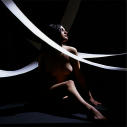 At the time of the birth of photography, aesthetics were dominated by the belief that only man-made work can be art. The image of reality obtained using technical physicochemical methods could not even claim such a status. And although the first photographers, gravitating towards the artistry of the image, showed considerable compositional ingenuity to display reality (sometimes changing it beyond recognition), photography did not fit into the system of social values and priorities as one of the muses for a long time. Continue reading
At the time of the birth of photography, aesthetics were dominated by the belief that only man-made work can be art. The image of reality obtained using technical physicochemical methods could not even claim such a status. And although the first photographers, gravitating towards the artistry of the image, showed considerable compositional ingenuity to display reality (sometimes changing it beyond recognition), photography did not fit into the system of social values and priorities as one of the muses for a long time. Continue reading
Photography and art
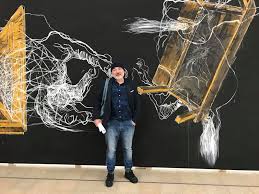 The value of photography as a chemical way of accurately capturing any visual objects is truly enormous in modern cultural life. Neither science is infinitely large – astronomy or astrophysics, nor any science infinitely small can do now without this wonderful eye, without photographic records that serve as translators between the still mysterious world of nature for us and our knowledge. In everyday life, photography is intertwined with our experiences, as every photographic card on the desk, every family album speaks of. The amateur photographic apparatus became the companion of a huge number of people, making fresh memories of any journey, of any events of their own life, making each a kind of artist, accustoming to collect interesting objects, interesting points of view and interesting lighting for their photographic perpetuation. Continue reading
The value of photography as a chemical way of accurately capturing any visual objects is truly enormous in modern cultural life. Neither science is infinitely large – astronomy or astrophysics, nor any science infinitely small can do now without this wonderful eye, without photographic records that serve as translators between the still mysterious world of nature for us and our knowledge. In everyday life, photography is intertwined with our experiences, as every photographic card on the desk, every family album speaks of. The amateur photographic apparatus became the companion of a huge number of people, making fresh memories of any journey, of any events of their own life, making each a kind of artist, accustoming to collect interesting objects, interesting points of view and interesting lighting for their photographic perpetuation. Continue reading
Photographic space
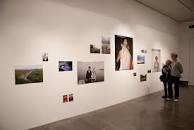 The reproduction of space by the artist is analytical. Creating a certain disposition of objects and figures on the plane, he sequentially builds depth, going from one spatial plan to another. The orientation of our eyes in space is based on a clearly fixed consciousness of verticals and horizontals – no tilting of the observer’s head creates a visual sensation similar to the effects of shooting with a camera tilted up or down. In the same way, the gaze directed into the distance tends to “straighten” somewhat, rationalize space. He involuntarily gives objects indefinitely turned to him more distinct positions, leading to the frontal plane of their face or profile. Continue reading
The reproduction of space by the artist is analytical. Creating a certain disposition of objects and figures on the plane, he sequentially builds depth, going from one spatial plan to another. The orientation of our eyes in space is based on a clearly fixed consciousness of verticals and horizontals – no tilting of the observer’s head creates a visual sensation similar to the effects of shooting with a camera tilted up or down. In the same way, the gaze directed into the distance tends to “straighten” somewhat, rationalize space. He involuntarily gives objects indefinitely turned to him more distinct positions, leading to the frontal plane of their face or profile. Continue reading
